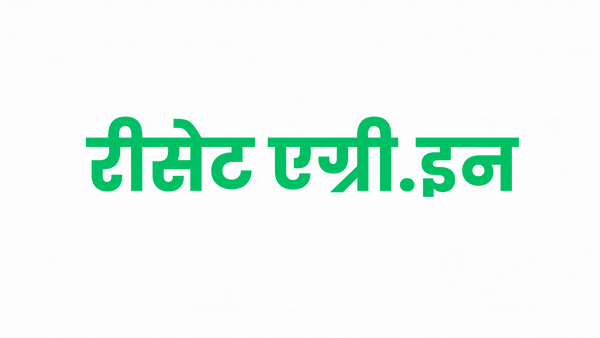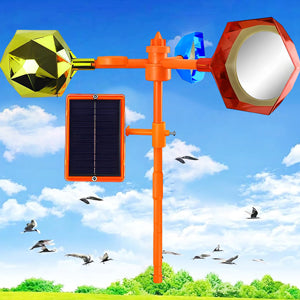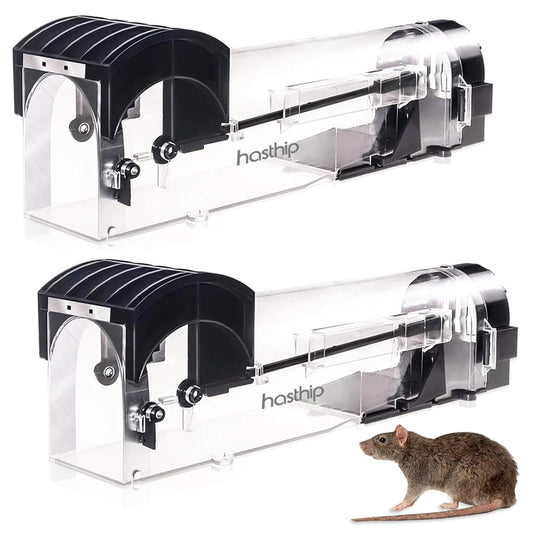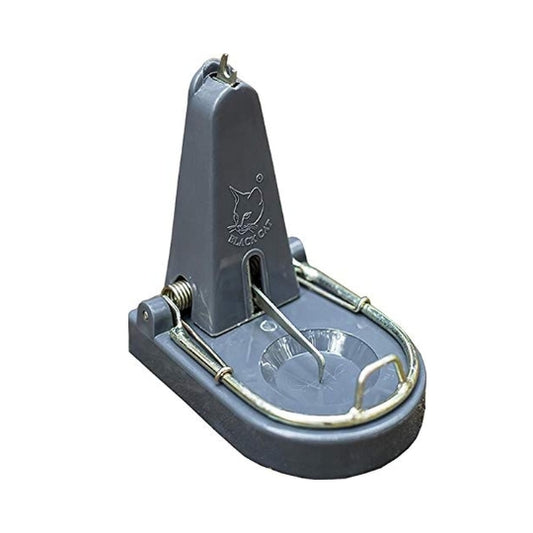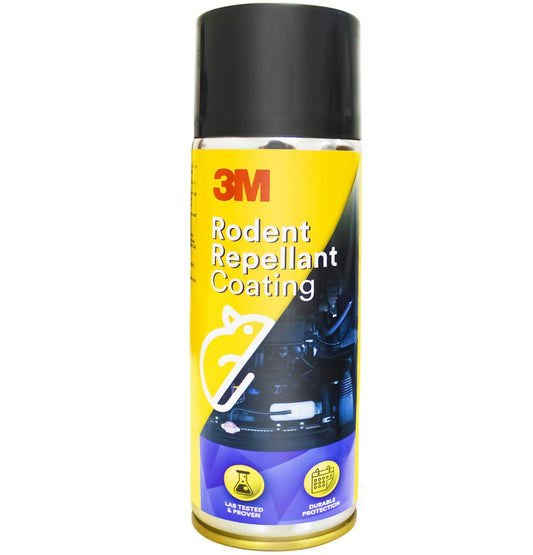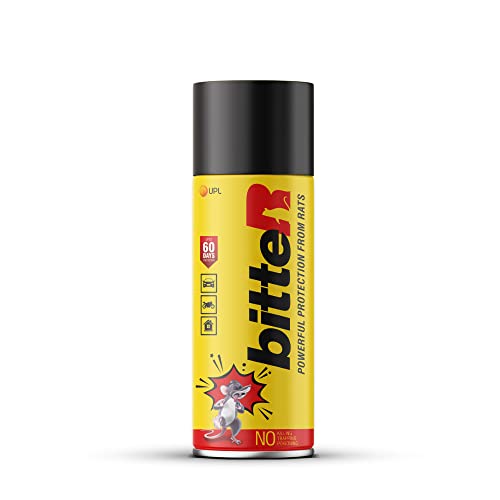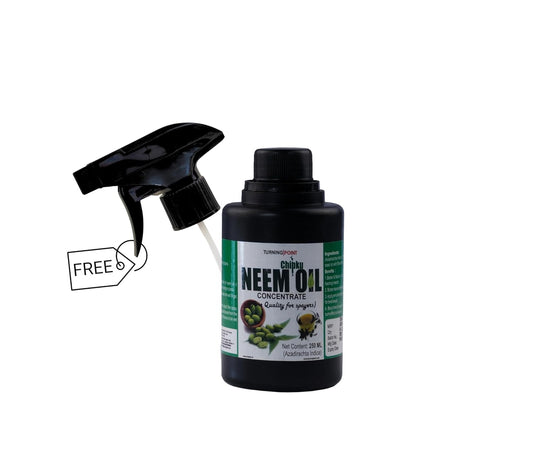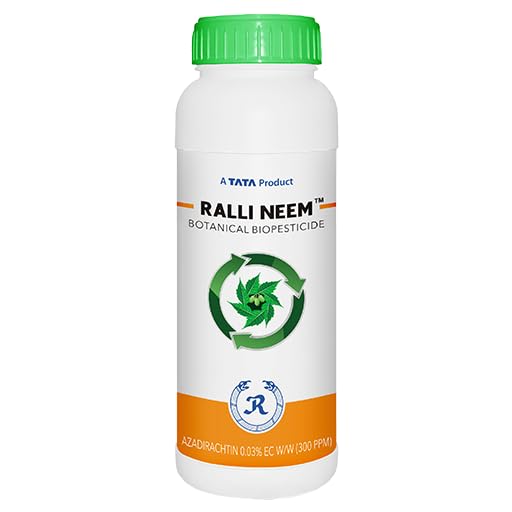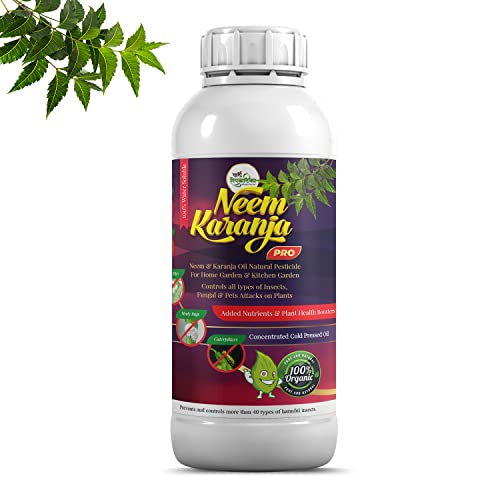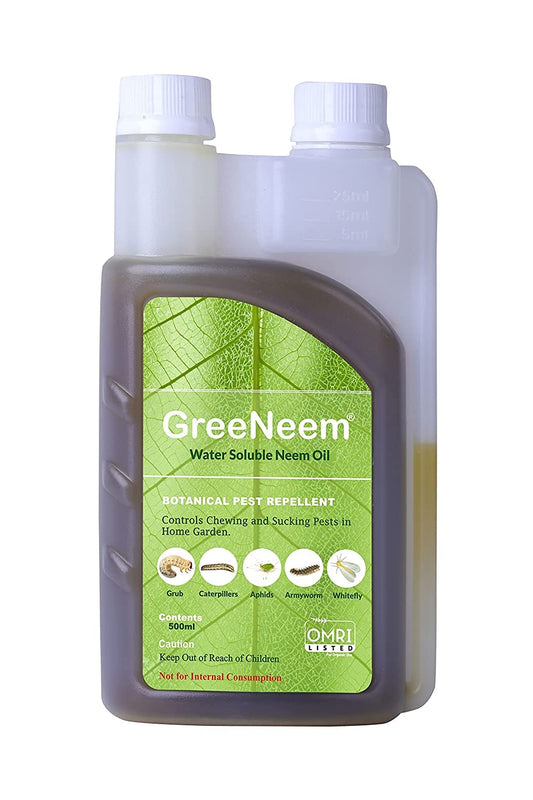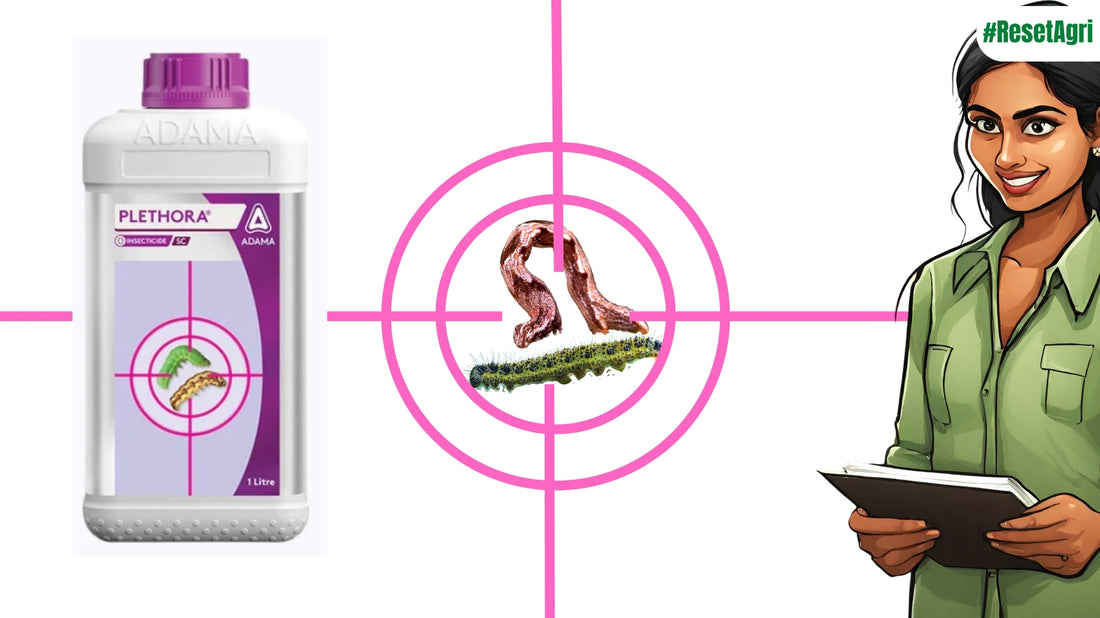
Protect Your Crops from Destructive Caterpillars!
Share
Looking for a powerful way to control pests in your crops? Plethora insecticide can be your new weapon!
What is Plethora?
Plethora is a broad-spectrum insecticide that tackles a variety of troubling pests like borers, leaf eaters, and leaf folders. It's particularly effective against caterpillars that damage your:
- Grams (Black gram, Green gram, Red gram)
- Peas (Chickpea, Pigeon pea)
- Oilseeds (Groundnut, Soybean)
- Fruit vegetables (Tomato, Chilli)
- Paddy (Rice)
Why Choose Plethora?
-
Dual Action Power: Plethora packs a punch with two unique ingredients that attack caterpillars in different ways:
- Stops them in their tracks: Novaluron disrupts the growth of young caterpillars, preventing them from maturing and causing harm.
- Fast kill: Indoxacarb attacks the nervous system of existing caterpillars, leading to quick death.
- Safe for the Environment: Unlike some harsh chemical insecticides, Plethora is a suspension concentrate free from harmful solvents. This makes it a more eco-friendly option for your farm.
Pleathora is Easy to Use
Plethora comes in a user-friendly suspension concentrate form, making it easy to mix and apply. Always refer to the product label for specific instructions and recommended dosage for your crop.
Remember: To keep pests on their toes and prevent resistance, it's important to rotate Plethora with other insecticides that have different modes of action.
Protect your crops and your livelihood with Plethora!
Plethora insecticide effectively combats several damaging pests in Indian crops. Here's a detailed look at each pest and the potential losses they cause:
1. Plethora use in Tomato:
- Fruit borer (Helicoverpa armigera): This green caterpillar bores into fruits, rendering them unmarketable. It also feeds on flowers and buds, reducing fruit set.
- Leaf eating caterpillar (Spodoptera litura): This green and black striped caterpillar devours leaves, hindering plant growth and reducing fruit yield.
- Losses: Reduced fruit quality and quantity, leading to significant economic losses for farmers.
2. Plethora use in Chickpea:
- Pest: Gram pod borer (Helicoverpa armigera): This caterpillar bores into developing pods, damaging seeds and reducing yield.
- Losses: Decreased pod and seed production, impacting farmer income.
3. Plethora use in Soybean:
- Spodoptera spp.: Includes various cutworm species that sever stems and feed on leaves, causing stunted growth and yield reduction.
- Helicoverpa armigera (Gram pod borer): Damages pods and seeds as mentioned earlier.
- Semilooper: This caterpillar feeds on leaves and can defoliate plants when present in large numbers, affecting yield.
- Losses: Reduced plant growth, pod damage, and lower soybean production.
4. Plethora use in Pigeon pea (Red gram/Arhar/Tur):
- Helicoverpa armigera (Gram pod borer): Bores into pods, damaging and destroying developing seeds.
- Maruca vitrata (Maruca pod borer): This moth's larvae feed within pods, reducing seed quality and quantity.
- Losses: Significant pod and seed damage, leading to lower crop yield and economic losses.
5. Plethora use in Chilli:
- Helicoverpa armigera (Fruit borer): Bores into developing fruits, making them unfit for consumption.
- Spodoptera litura (Leaf eating caterpillar): Damages leaves, reducing plant health and fruit production.
- Losses: Reduced fruit quality due to boring damage, along with decreased yield from leaf damage.
6. Plethora use in Black gram (Urad):
- Etiella zinckenella (Spotted pod borer): This moth's larvae damage pods and seeds by feeding within.
- Spodoptera litura (Leaf eating caterpillar): As mentioned before, it devours leaves, hindering plant growth.
- Maruca vitrata (Maruca pod borer): Damages developing pods, reducing seed quality and quantity.
- Losses: Decreased pod and seed production due to internal and external feeding by various pests.
7. Plethora use in Rice (Paddy):
- Rice leaf folder (Cnaphalocrosis medinalis): This moth's larvae fold and feed within rice leaves, hindering photosynthesis and reducing grain yield.
- Losses: Stunted plant growth and decreased rice grain production due to leaf damage.
8. Plethora use in Groundnut:
- Helicoverpa armigera (Gram pod borer): Attacks developing pods and seeds, reducing yield.
- Spodoptera litura (Leaf eating caterpillar): Damages leaves, affecting overall plant health and groundnut production.
- Losses: Lower pod and seed production due to pod damage, coupled with reduced plant growth from leaf feeding.
By effectively controlling these pests with Plethora insecticide, farmers can significantly minimize crop losses and improve their agricultural yields.
| Crop | Pest | Dosage |
|---|---|---|
| Tomato | Fruit borer (Helicoverpa armigera) & Leaf eating caterpillar (Spodoptera litura) | 2 ml per liter of water |
| Chickpea | Gram pod borer (Helicoverpa armigera) | 2 ml per liter of water |
| Soybean | Spodoptera spp., Helicoverpa armigera, Semilooper | 2 ml per liter of water |
| Pigeon pea (Red gram/Arhar/Tur) | Pod borer complex (Helicoverpa armigera & Maruca vitrata) | 2 ml per liter of water |
| Chilli | Fruit borer complex (Helicoverpa armigera, Spodoptera litura) | 2 ml per liter of water |
| Black gram (Urad) | Black gram pod borer complex (Etiella zinckenella, Spodoptera litura, and Maruca vitrata) | 2 ml per liter of water |
| Rice (Paddy) | Rice leaf folder (Cnaphalocrosis medinalis) | 1 ml per liter of water |
| Groundnut | Helicoverpa armigera & Spodoptera litura | 2 ml per liter of water |
